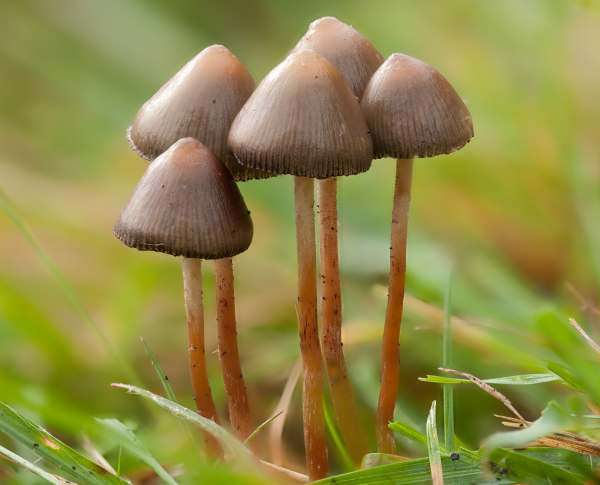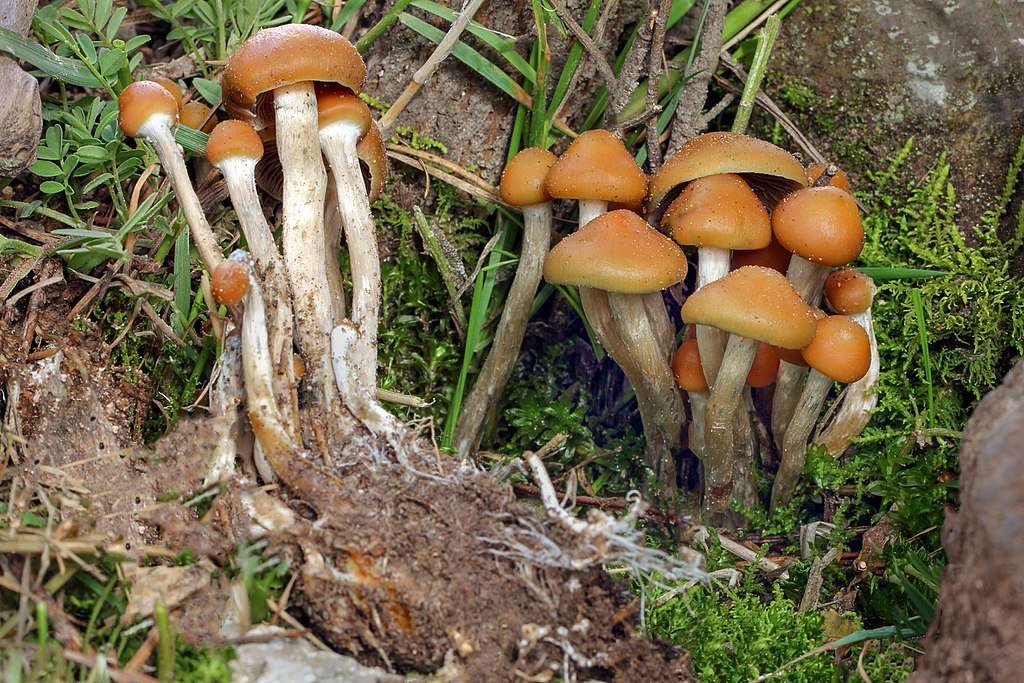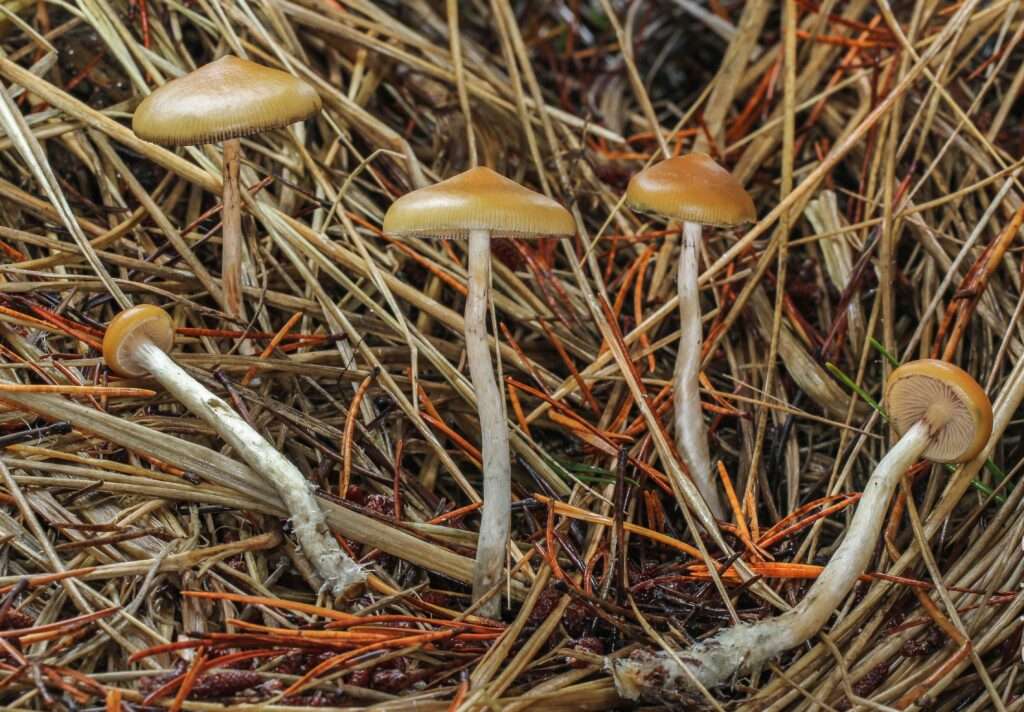
Scientific name
Hericium erinaceus
Description
They have huge, irregular puffy tubercules. They have a diameter of 5-40 cm and are characterized by dense, dangling, spore-producing spines that are 1-5 cm in length or longer. They are white to cream in color but can become yellow-brown as they age. It is called Yamabushitake in Japan, Hou Tou Gu in China, and Lion’s Mane in the United States and Europe.

Habitat
It may be found all around the northern hemisphere. For millennia, the lion’s mane has been utilized in traditional Chinese medicine, and its production is prevalent across Asia, usually through intensive production methods on wood logs or stumps. Lion’s Mane grows on trees such as beech and oak in late summer and fall and is endemic to Asia, North America, and Europe.
Uses/Importance
Lion’s mane mushroom is typical of fine dining cuisine. The best specimens are said to be young ones. Lion’s mane mushrooms have a pleasantly sweet flavor and a soft texture similar to shellfish such as crab, or lobster. As a result, they are frequently used as a complement or substitute for seafood. It can be consumed fresh, boiled, dried, or steeped in tea. Their extracts are employed in the production of functional foods.
Lion’s Mane nourishes the brain by penetrating the blood-brain barrier and directly supporting brain cells. It also includes beta-glucan polysaccharides, which boost immunological function.Lion’s mane might be useful in treating anxiety and depression. By assisting in the regulation of insulin and glucose levels, mushrooms may enhance metabolic processes.
Many companies sell Lion’s mane supplements due to their medicinal benefits but they should be consumed with care and should be avoided in certain conditions like pregnancy. It may cause allergic reactions in some individuals.
Table





